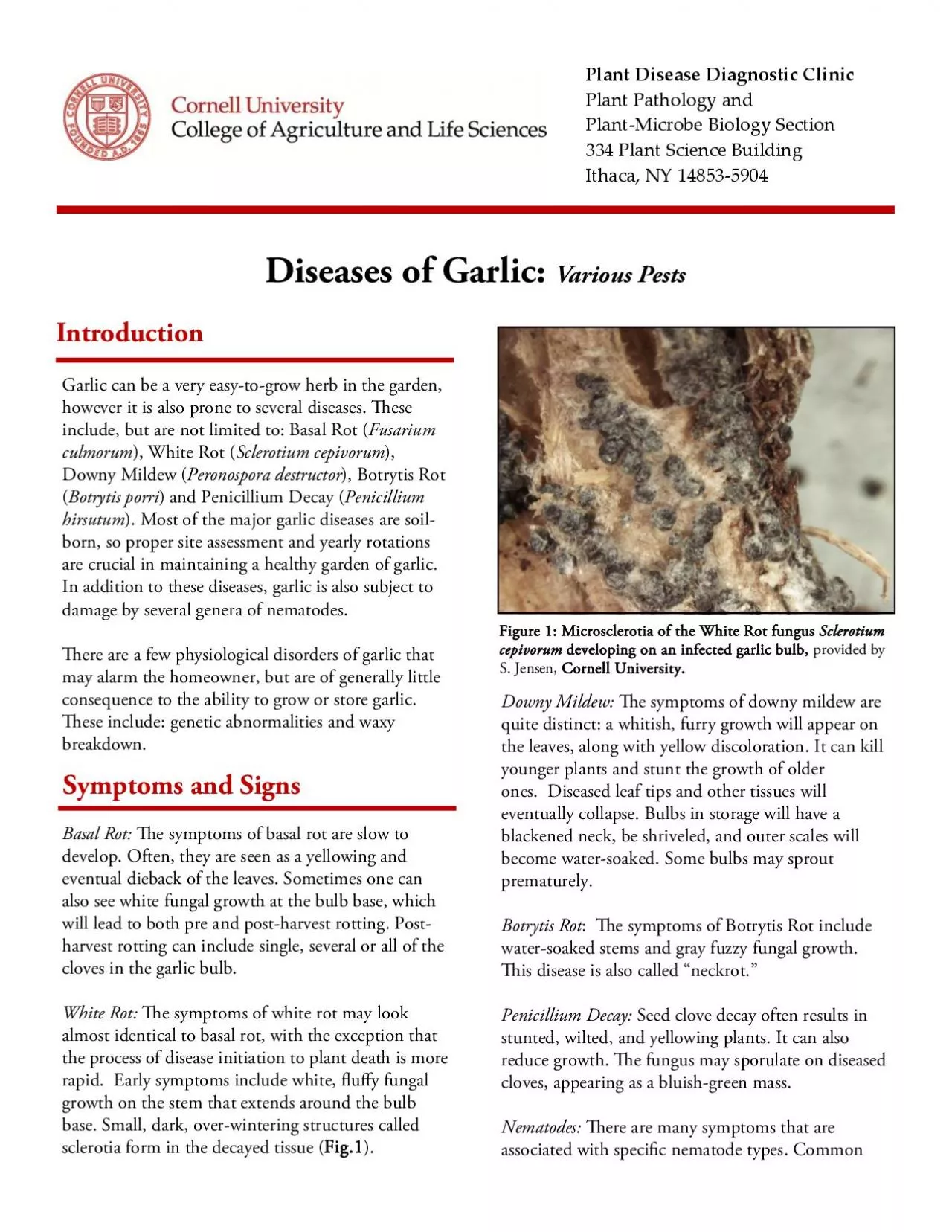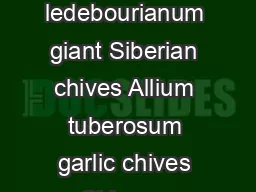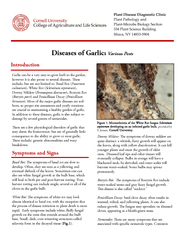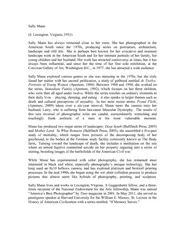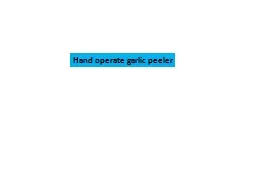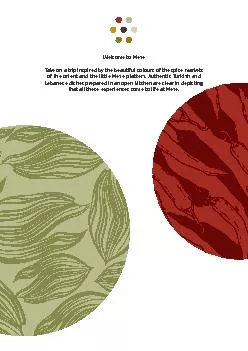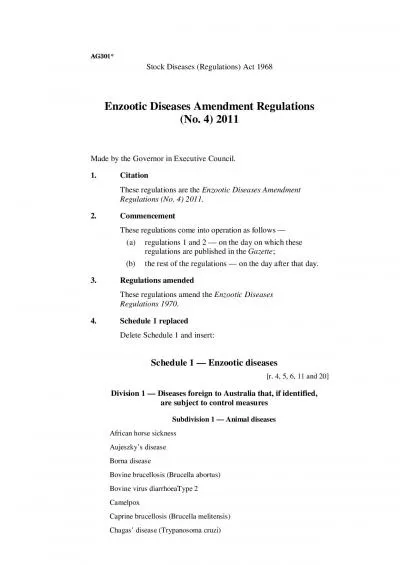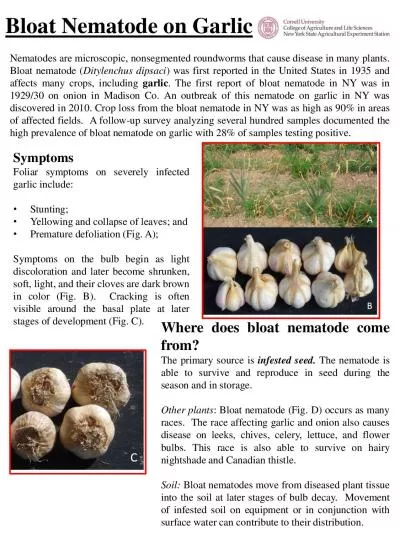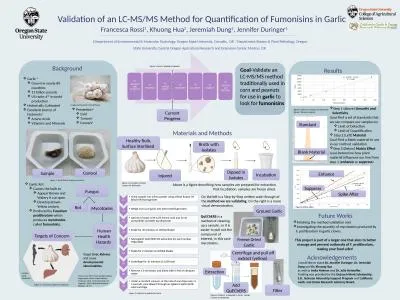PDF-Diseases of Garlic Various PestsGarlic can be a very easytogrow her
Author : violet | Published Date : 2022-09-23
Symptoms and Signs Introduction Clinic symptoms however include an erratic plant stand developing in the eld stunting of plants yellowing deformed bulbs and stem
Presentation Embed Code
Download Presentation
Download Presentation The PPT/PDF document "Diseases of Garlic Various PestsGarlic c..." is the property of its rightful owner. Permission is granted to download and print the materials on this website for personal, non-commercial use only, and to display it on your personal computer provided you do not modify the materials and that you retain all copyright notices contained in the materials. By downloading content from our website, you accept the terms of this agreement.
Diseases of Garlic Various PestsGarlic can be a very easytogrow her: Transcript
Download Rules Of Document
"Diseases of Garlic Various PestsGarlic can be a very easytogrow her"The content belongs to its owner. You may download and print it for personal use, without modification, and keep all copyright notices. By downloading, you agree to these terms.
Related Documents

